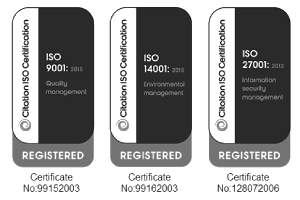Being a chief officer in a changing local government world
For those of us of a certain age you will no doubt remember the magical world of Mr Benn; as a spaceman, a zookeeper, a cook or a diver. The adventures were always captivating and of course he received his souvenir medal once he returned through the changing room at the fancy-dress shop where his adventures commenced from. Now you may of course be wondering what Mr Benn’s has to do with local government? Well the current crop of chief officers, those who report directly to chief executives, often find themselves in a Mr Benn like world.
Local government was once a place of Weberian style municipal discipline; clearly defined roles and with that silo working, along delineated professional functions. Planners did planning. Engineers did Highways. Mr Benn would have stayed bedecked in his bowler hat! Today’s local authority chief officers, not only look different from that bygone era but are increasingly working under different guises; changing costumes to suit the adventures of the day.
The rise of the super directorate has eroded the traditional model of individual professional disciplines. Chief officers need to be much more strategic in their thinking. ‘Generalist’ may seem a pejorative term because today’s chief officers are not ‘jack of all trades’ and ‘masters of none’; it is more that they need to become masters of very many disciplines and use a range of cross-cutting skills, not just across council departments, but playing different roles across diverse agencies and organisations, multiple geographies and multiple sectors. They will be thinking about how they can balance operational budgets emaciated by austerity in one meeting, engaging collaboratively with partners in the next and then facing a competitor organisation set to fight the council’s corner in the afternoon.
To be a chief officer in 2020 and beyond requires resilience; it’s not a role for the faint hearted. As we move towards a new municipalism that goes beyond efficiency, the mind set and skillset required to embrace innovation, commercialisation and act entrepreneurially have become ever more critical. In this complex and shifting landscape it has become apparent that the skills required pre-2010 for chief officers are not necessarily the skills for 2020 and beyond.
With this continual evolution, it is clear that the role of the chief officer is rapidly being reframed. Today’s chief officers clearly have to make many more costume changes than Mr Benn and need to make these multiple times, in any given day.

.png)



.png)